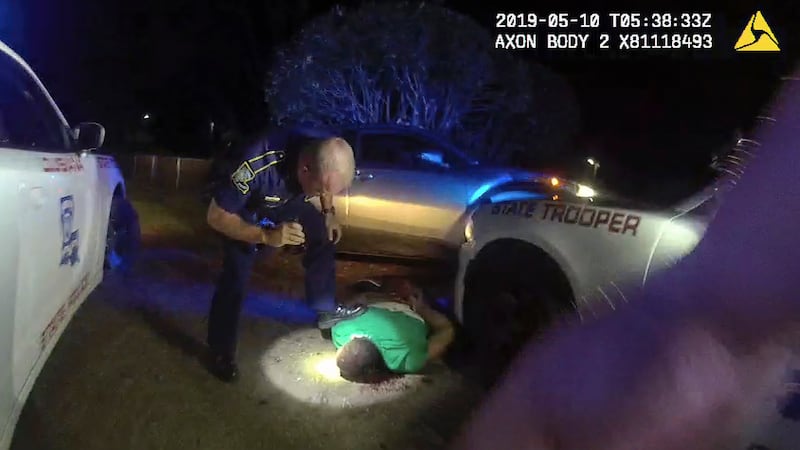Almost 20 more cases of hepatitis A have been reported in the last week, according to new numbers released by the Louisiana Department of Health Friday.
As of Aug. 23, 484 people have been diagnosed with the HAV infection linked to the current outbreak. There are five unrelated cases in the state as well. The number of cases is up 16 from the previous week when LDH reported 468 cases.
Similarly to weeks past, the largest concentration of cases is in Livingston Parish with over 126 followed by East Baton Rouge Parish with more than 76. Ouachita Parish reports over 51 cases. Morehouse and Ascension Parishes both report between 26-50 cases.
The youngest hepatitis A case is 5 years old. The oldest is 81 years old.
The hepatitis A outbreak in Louisiana has reached the highest number of cases in 20 years. In an average year, Louisiana has 10 to 15 cases of hepatitis A.
For the sake of comparison, in 2016, there were around 4000 estimated cases of hepatitis A nationwide.
From the CDC:
Hepatitis A is a highly contagious liver infection caused by the hepatitis A virus. It can range from a mild illness lasting a few weeks to a severe illness lasting several months. Although rare, hepatitis A can cause death in some people. Hepatitis A usually spreads when a person unknowingly ingests the virus from objects, food, or drinks contaminated by small, undetected amounts of stool from an infected person.
How is hepatitis A spread?
Hepatitis A usually spreads when a person unknowingly ingests the virus from objects, food, or drinks contaminated by small, undetected amounts of stool from an infected person. Hepatitis A can also spread from close personal contact with an infected person such as through sex or caring for someone who is ill.
Contamination of food (this can include frozen and undercooked food) by hepatitis A can happen at any point: growing, harvesting, processing, handling, and even after cooking. Contamination of food or water is more likely to occur in countries where hepatitis A is common and in areas where there are poor sanitary conditions or poor personal hygiene. In the United States, chlorination of water kills hepatitis A virus that enters the water supply. The Food and Drug Administration (FDA) routinely monitors natural bodies of water used for recreation for fecal contamination so there is no need for monitoring for hepatitis A virus specifically.
Copyright 2019 WAFB. All rights reserved.










